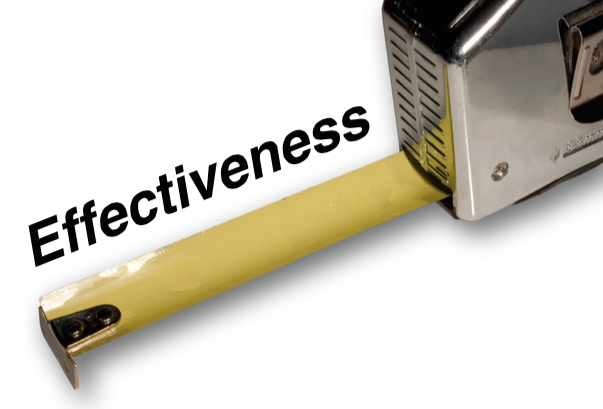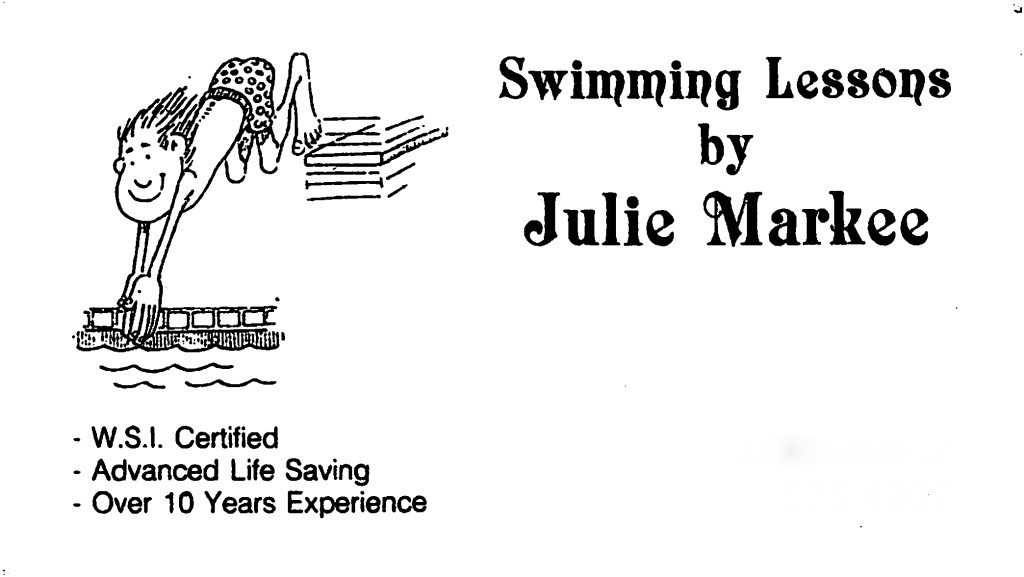
by Julie | Feb 18, 2016 | Consulting, Employee Training, Management
Most manufacturers will admit that they don’t do a good job training their employees. It isn’t that they don’t see the value, it is rather that the task feels overwhelming and they don’t know where to start. But, like any other journey worth taking, it starts with a single step. Listed below are some steps you can take to improve your operator training program.
- Pick a Starting Point. What is the area that is causing you the biggest issue? Is there a department with high turnover? How about high scrap? Is there a bottle neck in your plant that shouldn’t be there?
- Assess the Situation. What are the tasks that need to be performed in a particular department? What are the skills needed in order to complete those tasks?
- Develop the materials. Review the established procedures against the current process and if a discrepancy is found, decide which should be included. Once that is complete, ensure the procedures are up to date. In addition to procedures, other training materials which may be of use include videos, standard work or visual aids.
- Quantify the skill levels. For each of the tasks, quantify the skill level and determine how the skill level will be measured. The skill level should range from Untrained to Fully Trained, with various levels in between. Using the defined skill levels, assess each employee against each of the tasks.
- Complete the skills matrix. Once each operator has been measured against each task, the skills matrix can be completed. And from the completed matrix, the gaps for the department have been identified and an action plan can be developed to address those gaps.
I would agree that implementing or improving an operator training system may seem daunting, but, having a process which results in fully trained operators makes the journey much easier to start.
For more practical tips for manufacturing professionals to attract, train and retain your hourly workforce, go to www.keyprocessinnovations.com.

by Julie | Feb 11, 2016 | Consulting, Employee Training, Interim Management, Management
The task of operator training is typically delegated to the department supervisor or lead. Rarely, if ever, is the supervisor or lead given the proper tools to be an effective trainer. And since the supervisor is also evaluating the operator’s performance, the feedback loop on training effectiveness may be lost. Being an effective trainer goes beyond knowing the material. It requires an ability to communicate in such a way that the trainee can learn the required information.
Listed below are some suggestions on how ways to improve the effectiveness of your training.
- Ensure the trainer has the necessary skills to conduct operator training. Check out this blog for what I consider the necessary skills to be an effective trainer. In some cases, it may be necessary to delegate training to an individual who may not be a lead/supervisor in order to ensure the training is as effective as possible.
- Periodically observe the training being conducted and provide feedback for the trainer.
- If possible, also have the trainee provide feedback on the trainer.
- Make sure there is some way to demonstrate the operator has learned the necessary information in order to do this task on his or her own. This can be through a verbal test, written quiz or a demonstration.
- Invest in some “train the trainer” training so the supervisors and/or lead can develop their skills as a trainer.
Creating an environment of learning can go a long way towards improving the performance of your plant. Increasing the skills of your trainers will help operators learn faster, be more engaged and ultimately improve the bottom line. And isn’t that the name of the game?
For more practical tips for manufacturing professionals to attract, train and retain your hourly workforce, go to www.keyprocessinnovations.com.

by Julie | Feb 4, 2016 | Consulting, Employee Training, Interim Management, Management
It is my belief and experience that operators don’t want to do a bad job. They want to do what is asked of them and do it to the best of their ability. But, we still see instances where operators aren’t following the established procedures. And when that happens, we need to understand why so steps can be taken to address the issue(s).
If you find yourself asking why your operators aren’t following procedures, here are some questions you can ask to help get to the root cause of the problem.
Were the instructions clearly defined? It may be clear in your mind how things need to be done, but, without providing detailed instructions, the task may be left up to the operator’s interpretation.
Are there visual reminders as to what needs to be done? Don’t rely on an operator to remember all the details of a particular process. Make procedures available for reference or post standard work on the floor to remind operators of the proper way to do a particular task.
Is there a better way to do it? Operators who do a particular task on a repetitive basis may have a more efficient way. Making yourself open for improved techniques will make the operators more likely to share their ideas, rather than doing it their way when you aren’t around.
Do the operators need refresher training? No matter the task, after a certain amount of time, an operator might need a little refresher training. The frequency of the refresher training could be impacted by the availability of visual reminders.
Have the operators been properly trained? There are times when the training wasn’t sufficient for the operators. If that proves to be the case, then it may be necessary to assess the effectiveness of your training and/or the trainer.
In the next blog, we will look at ways to assess the effectiveness of your trainer.
For more practical tips for manufacturing professionals to attract, train and retain your hourly workforce, go to www.keyprocessinnovations.com.

by Julie | Feb 1, 2016 | Consulting, Employee Training, Management
 When I was 8 years old, I started my own business as a swim instructor. During my 12+ years, I taught over 300 children ranging from 9 months to 18 years in my parent’s backyard pool.
When I was 8 years old, I started my own business as a swim instructor. During my 12+ years, I taught over 300 children ranging from 9 months to 18 years in my parent’s backyard pool.
Teaching children to swim felt very natural to me. I was able to adapt my teaching style to the student and I learned that an approach that worked for one student wouldn’t necessarily work for another. There is no doubt that I carried the skills I developed as an instructor into my career on “dry land.”
A number of years ago, I was asked what skills I used in order to be an effective swim instructor and I thought I’d share that list below. I believe these skills are also needed when training operators in a manufacturing environment.
- Reassuring. Remember the fear of putting your face in the water the first time? Having people relax before learning new tasks is critical in order for them to follow the material being presented.
- Adaptable. Everyone learns differently so utilizing more of the senses can improve information retention. At a minimum, training needs to utilize audio, visual and kinesthetic elements to optimize the learning process.
- Patience. Learning new information can be difficult, especially for adults. And the trainer needs to be able to go through the material numerous times with the trainee without showing any frustration.
- Ability to read nonverbal communication. When an individual is learning a new skill and struggling to master it, it isn’t uncommon for him to feign understanding to make the trainer think that he understands. However, by reading non-verbal clues the trainer can gain more insight into how well the operator is grasping the information.
- Introspection. In order to be a good trainer, she must be able to look at the training process, identify areas where improvement is needed and make the required modifications.
Mastering these skills will help maximize the effectiveness of your training. And if you are going to invest in training, don’t you want the trainee to get the maximum value out of the training?
For more practical tips for manufacturing professionals to attract, train and retain your hourly workforce, go to www.keyprocessinnovations.com.

by Julie | Jan 22, 2016 | Employee Training, Management
 As adults, we tend to cringe when we go to in-house training. It seems that we are conditioned to expect the trainer to be boring, the content to be outdated and the outcome to be marginal,at best. But, the reality is that investing in employee training is expensive and as a manager, we wouldn’t doit unless we either felt compelled or we had something of real value that we wanted our employees to learn.
As adults, we tend to cringe when we go to in-house training. It seems that we are conditioned to expect the trainer to be boring, the content to be outdated and the outcome to be marginal,at best. But, the reality is that investing in employee training is expensive and as a manager, we wouldn’t doit unless we either felt compelled or we had something of real value that we wanted our employees to learn.
Making a few simple changes to the structure of your training can improve the overall effectiveness.
- Start the training with a mental exercise. When most people walk into a meeting, they are thinking about what is happening outside of the room. The focus needs to switch to what is happening within the room. This exercise can be a brain teaser or a group activity – something short that can shift the focus to the training that is about to start.
- State the objectives of the training. This includes the overall objective(s) of the training and for each of the sections.
- Make sure the trainer knows the material. Nothing will turn off an employee faster than having someone read the material to them.
- Present the material in different ways so the employee can understand it, including visual, verbal and kinesthetic.
- Make the training relevant. For example, if you are conducting safety training, provide examples of situations within the facility that an employee might be exposed.
- Explain the why behind for the training. Using “because I said so” might work for a young child, but, when an employee understands the why, he is much more likely to internalize what is being taught.
- Set some rules, with specific penalties if they are broken. For example, one company would fine anyone $1 for coming back from a break late (including the instructors). While the penalties were collected in the spirit of fun, it definitely sent a message about the importance of being on-time.
- Get the employees involved and moving around. Group activities and team sharing can help break up the lectures while also personalizing the training.
Once the training is complete, make sure to get some input from the attendees. What did people like? What needed improvement? And if possible, tie the training back to an ROI for the business.
For more practical tips for manufacturing professionals to attract, train and retain your hourly workforce, go to www.keyprocessinnovations.com.






